Harvesting Licorice Root
June 2021
Many Europeans have shared with me stories of eating licorice sticks as children, even using the sticks to clean their teeth! I don't think that we have had this tradition at all in New Zealand as I had never come across licorice root (as opposed to licorice allsorts!) until I did my apprenticeship in Herbal Medicine with Valmai. I was simply amazed at the delicious, sweet, aniseedy taste that you could get from chewing on a piece of dried stick.
Growing and Harvesting Licorice Root
I have been growing my licorice root for six years now and have harvested it twice in that time. I do love digging for licorice (or potatoes) - it is the anticipation of what you are going to find under the ground! The licorice plant has a very big tap root that heads downwards but it also sends out lots of rhizomes - side shoots - out the side of the plant, and these are what you harvest. If you are clever and organised (which is not em), then you can harvest shoots on different sides of the plant on alternate years. What do I do? Every couple of years I dig around and try to harvest everything that I can find. I have heavy clay soil and in the middle of the winter, this turns out to be a muddy, sticky job!
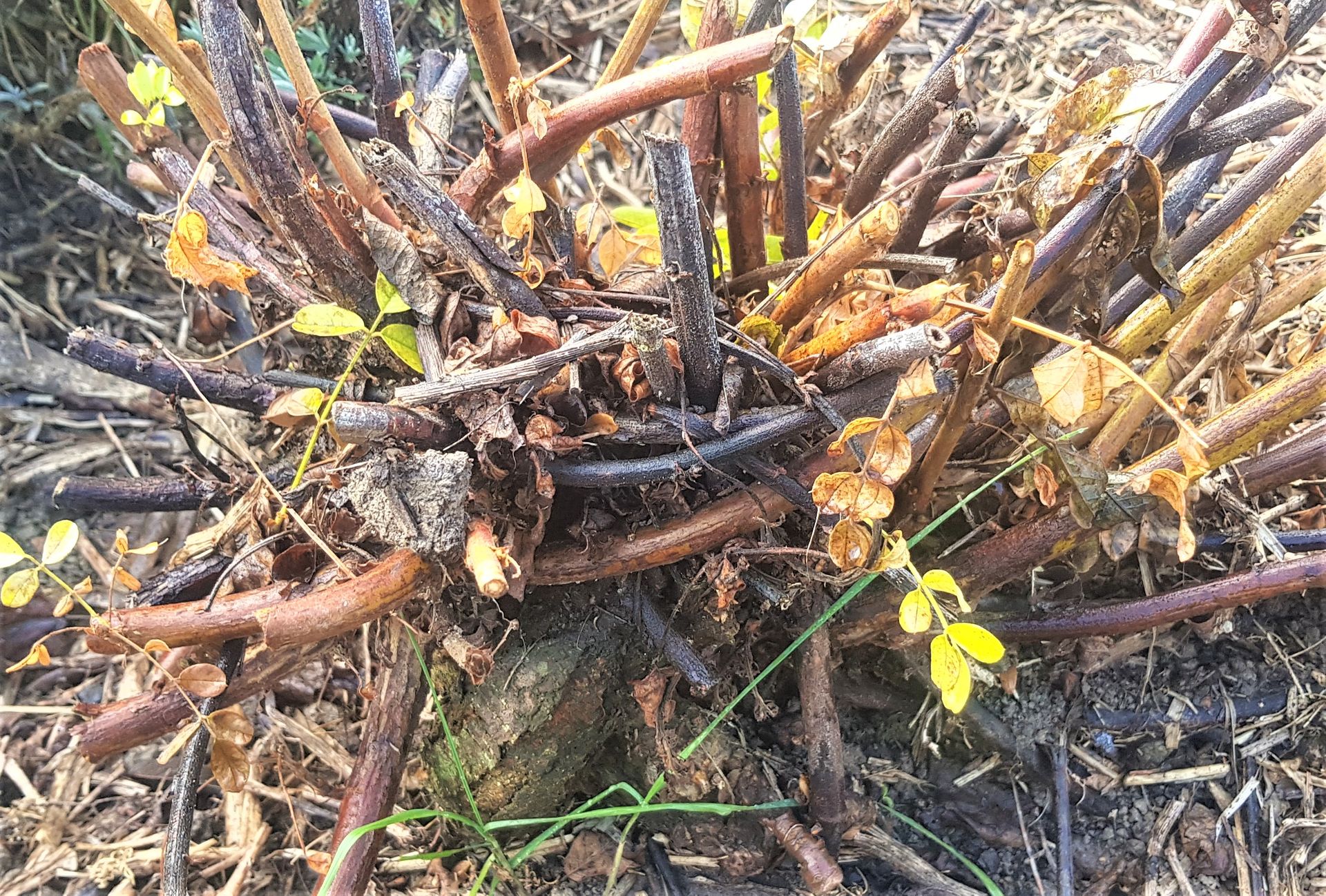
Dormant Licorice plant ready for harvesting
When you are planting licorice, you need to give the plant plenty of room and also, if possible, nice loamy soil - which makes digging for roots much easier in the winter. This year when I started to dig around my licorice plants, I discovered that the rhizomes had grown extremely well in the last few years. This meant that they had left the garden bed and were half way under the path which meant alot of mess in my garden as I didnt want to waste any of this precious root material. By the end of this, I was pretty much completely covered in mud and in real danger of being stuck in the garden in my gum boots!
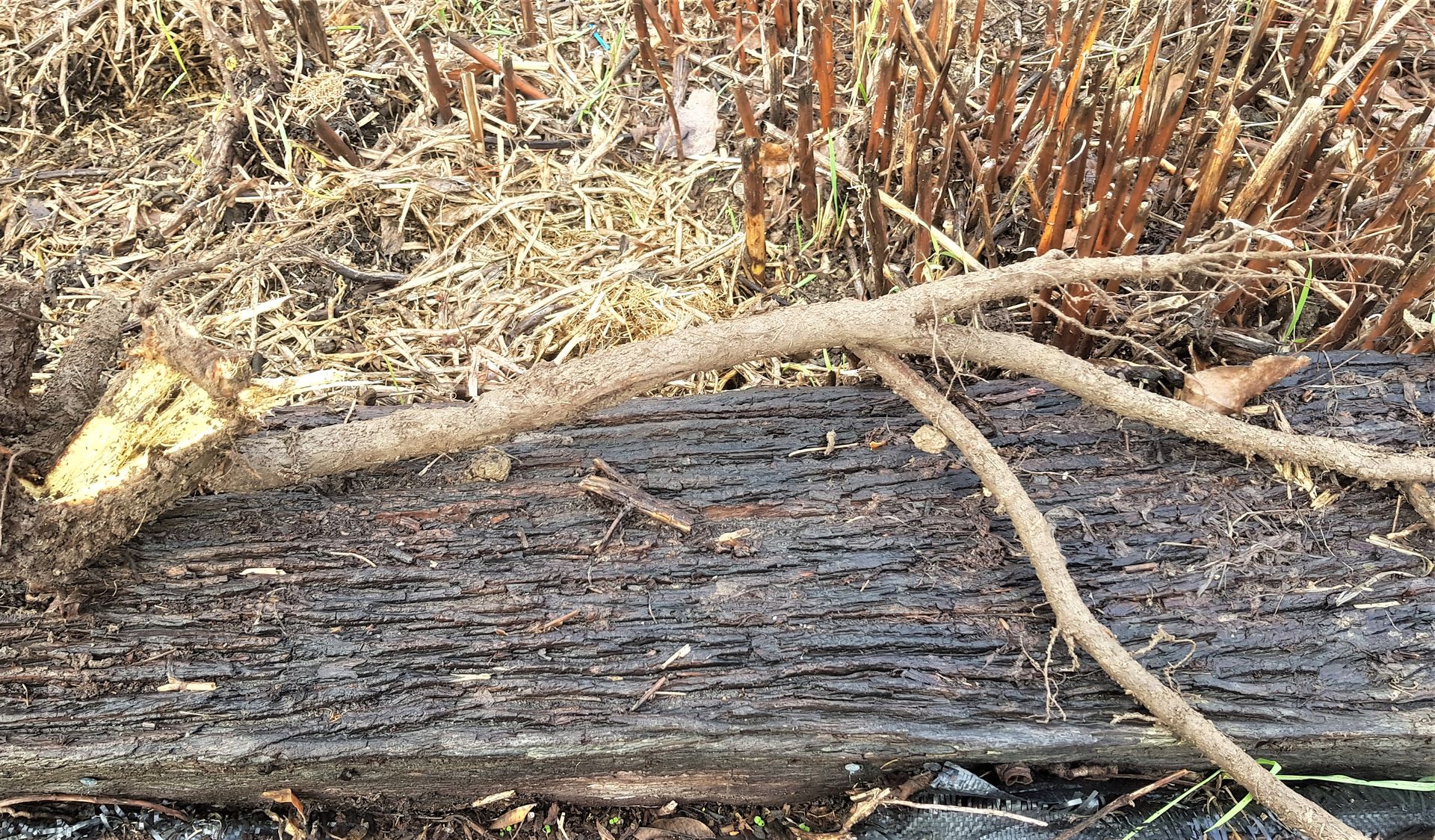
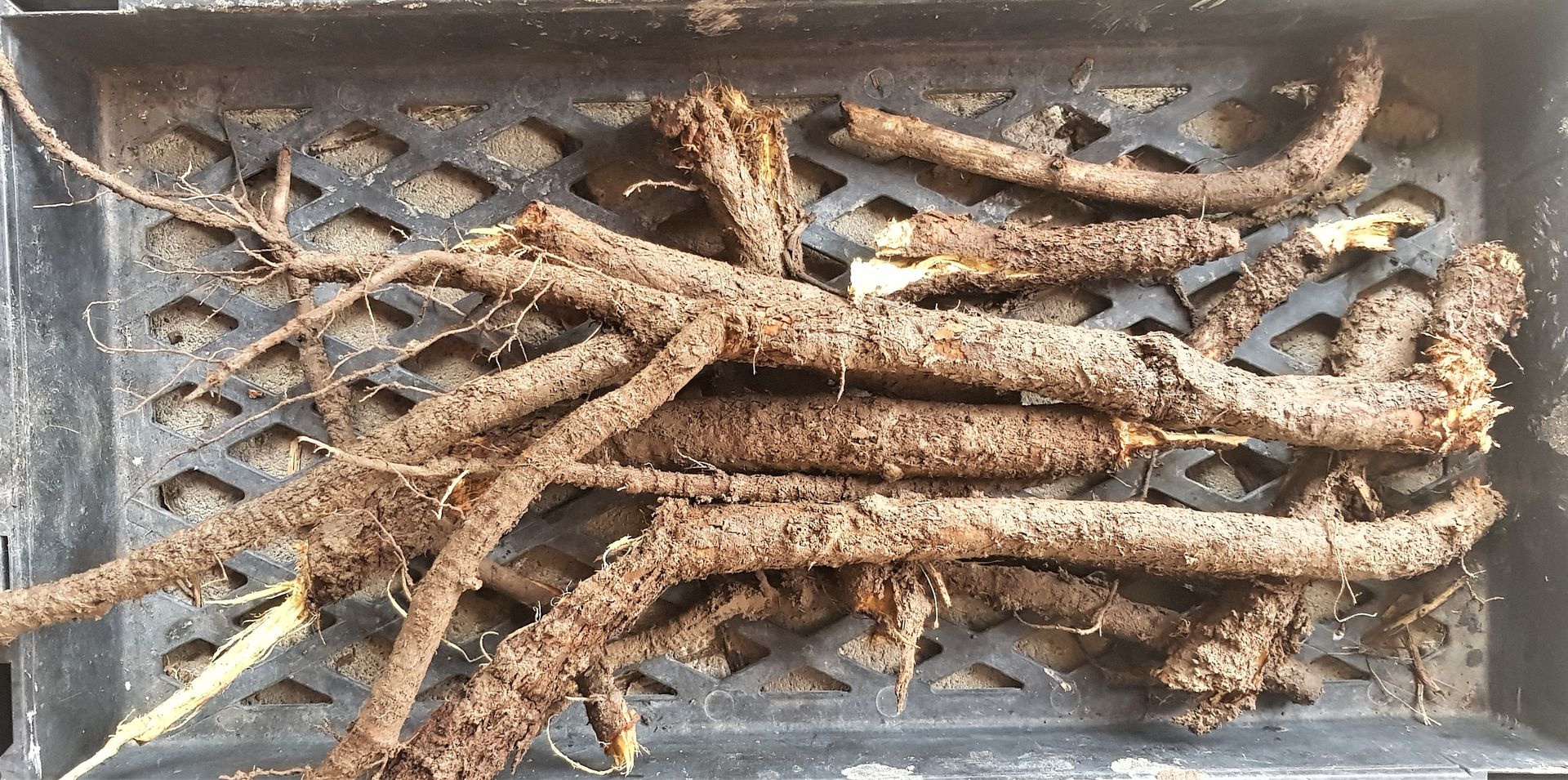
Freshly harvested Licorice Root
You can also re-plant the original plant that you have harvested the rhizomes off. Just make sure that the piece that you are planting back in the ground contains "eyes" - little growth buds. You can see these in the photo below.
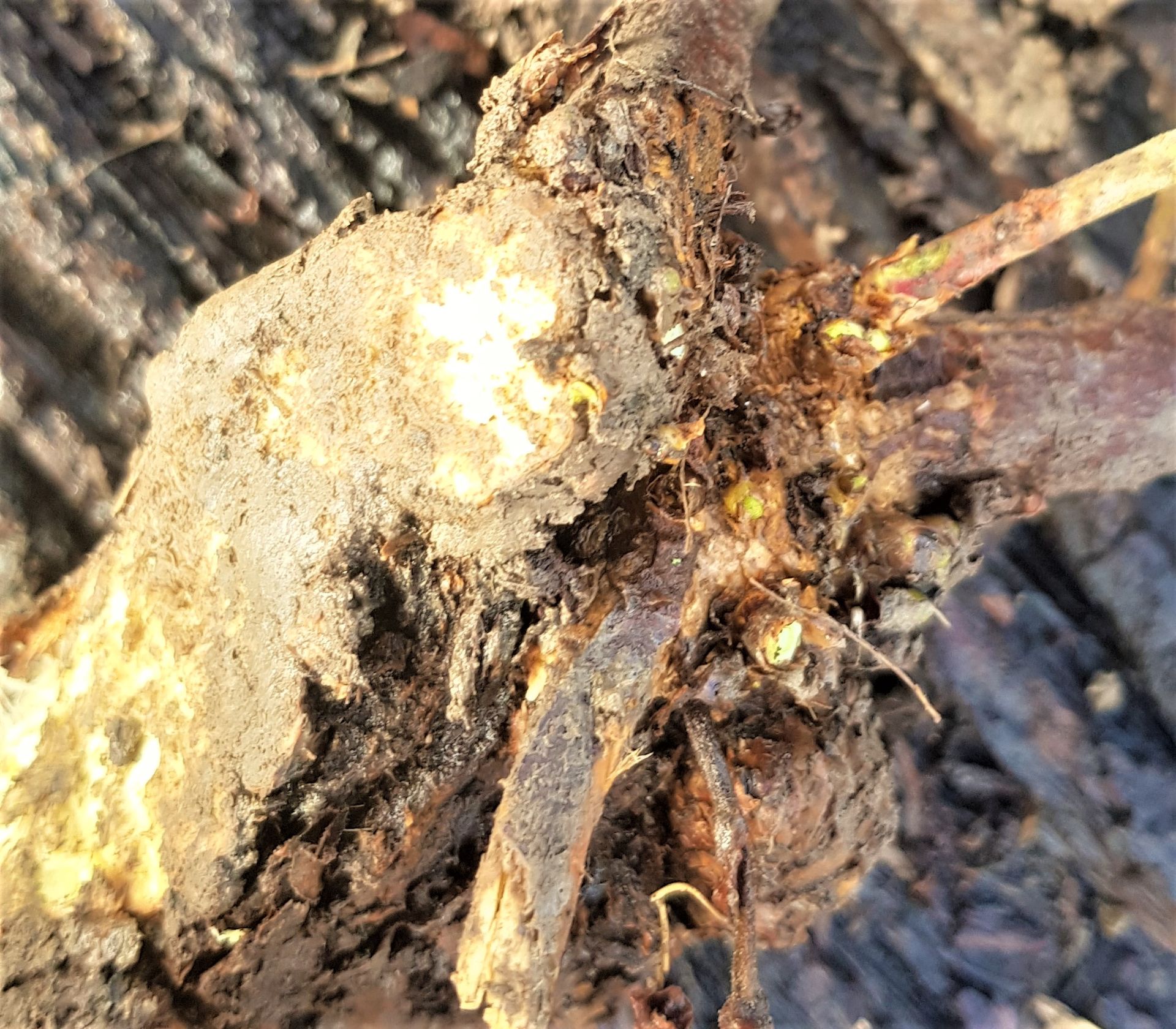
How to Process Licorice Root
After I harvested all the licorice rhizomes I could find, I bought them inside and begin the long, tedious job of cleaning all the mud of them. I cleaned them all really well with a brush in the sink and then I scraped the skin off - just like you do when scraping potatoes (but not quite as easy). Then I cut them up and put them in to the de-hydrator to dry. You could dry them in a hot water cupboard or somewhere else to dry slowly, but I was eager to use the licorice, so I put the roots in my de-hydrator. Be aware that it does take quite a long to get the roots completely dry - they may appear dry on the outside but when you break them open, you may find that it the inside is not so dry. Also, they dry really hard so you will need powerful blender to break them up.
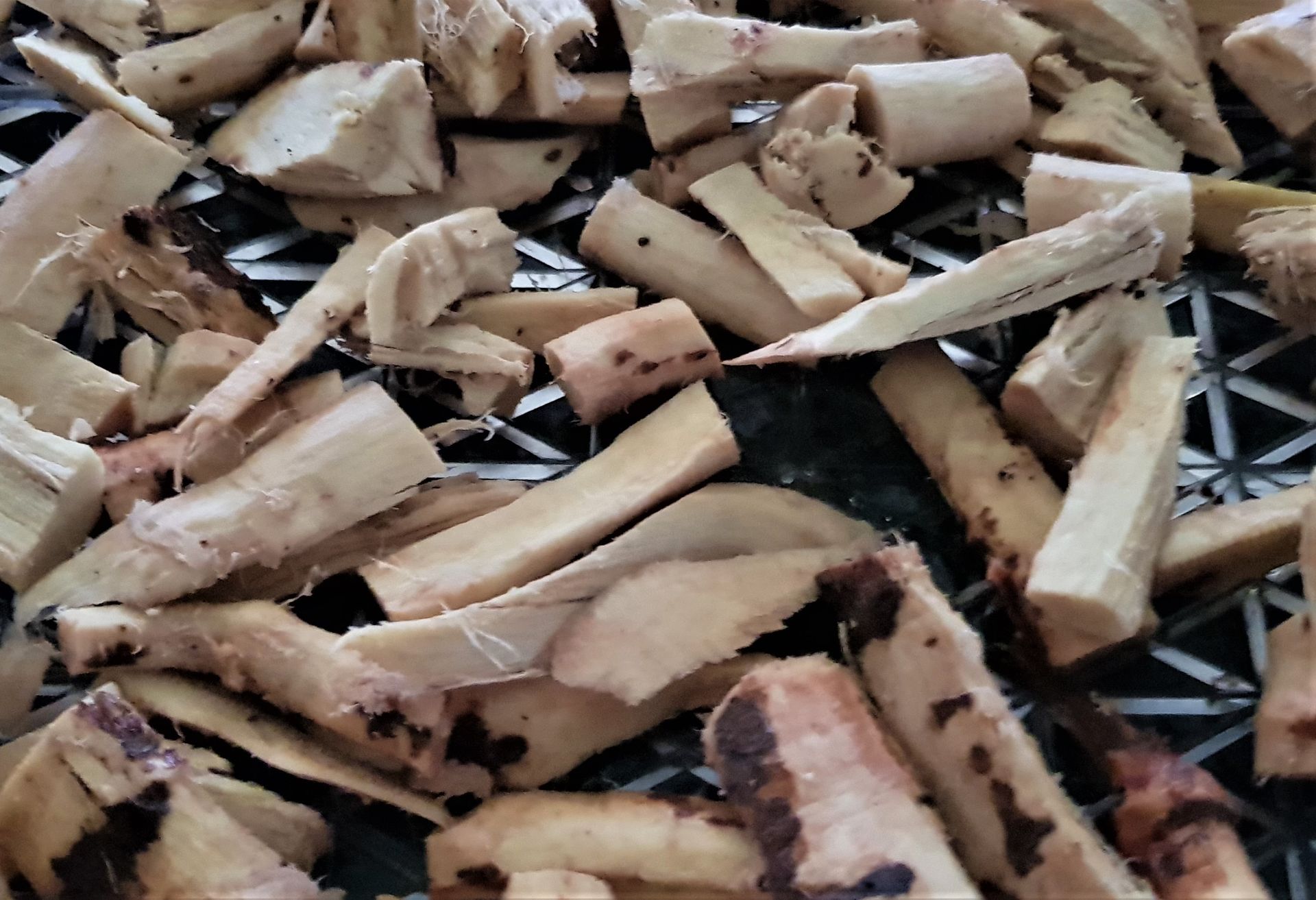
Licorice root cleaned and prepared for drying
Licorice root is a great herb to use for winter respiratory complaints such as bronchitis and asthma as it soothes the respiratory tract as well as having expectorant properties. It is sweet tasting and soothing and can be used in herbal teas, decoctions, syrups, herbal milks and herbal powder blends. I have been having lots of fun experimenting with different dried herbs and spices with added licorice.
.jpg)
Dryed licorice root
.jpg)
Broken up Dried Licorice Root
Nettle Chai Herbal Tea Recipe
- 1 tsp dried stinging nettle leaves
- A good pinch of dried licorice root
- A small piece of cinnamon stick
- 1 piece of star anise
- 1-2 cardamon pods